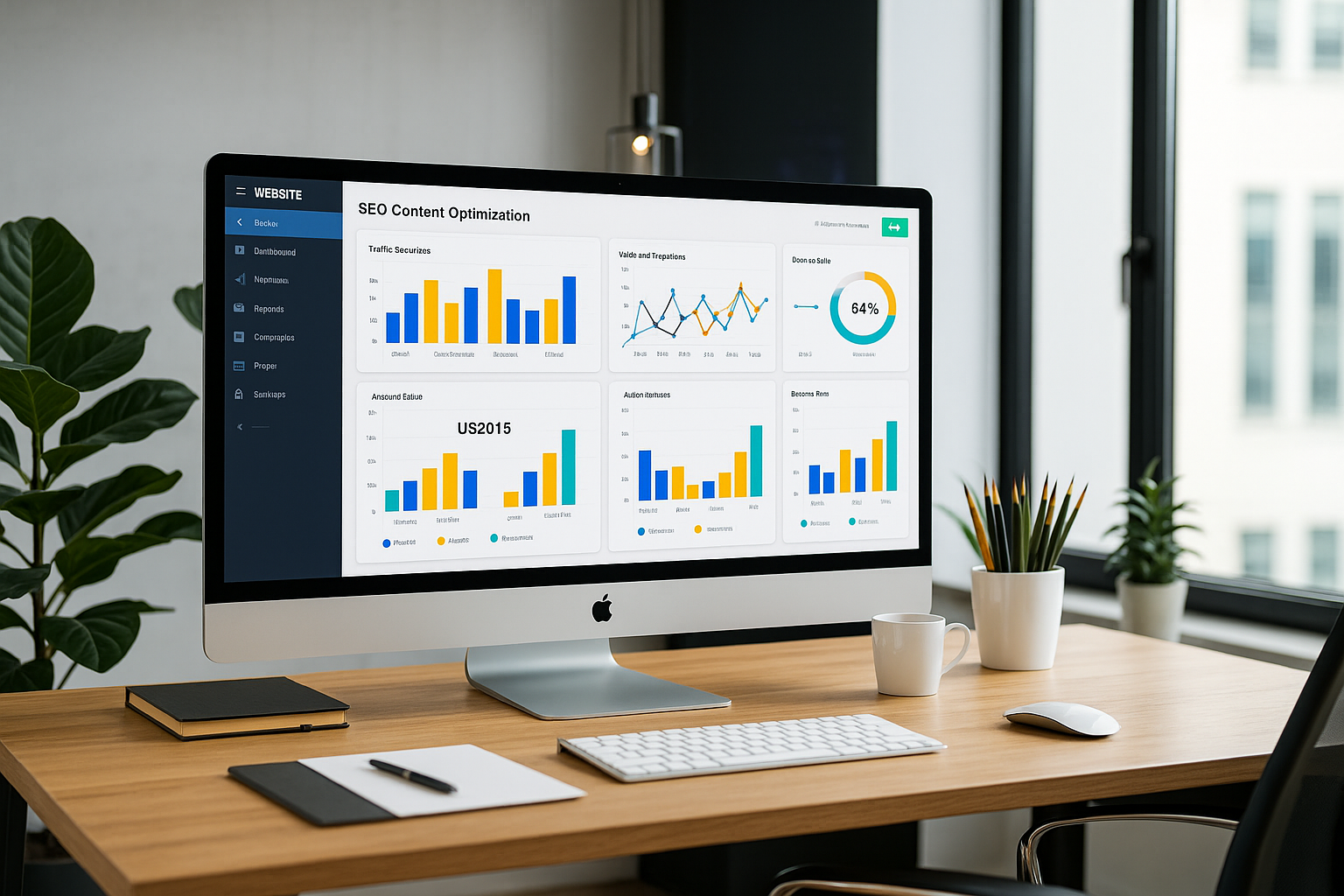Maximizing the Value of Existing Content to Boost Visibility
Many marketers and businesses overlook the potential within their existing content libraries. Revisiting and optimizing previously published material can significantly improve search engine visibility without the need to constantly produce new content. This approach saves time and resources by leveraging the authority and relevance already established by older posts. By analyzing performance metrics and updating content with fresh insights, keywords, and improved structure, businesses can revitalize their archives and attract more organic traffic.

Strategic Content Optimization
Content optimization requires thoughtful evaluation rather than simple refreshes. Identifying pages with untapped potential—those ranking on the second or third page of search results—focuses efforts on elevating their position can yield faster and more sustainable results than starting from scratch. This method treats content as a living asset that evolves with audience needs and search trends, shifting the focus from quantity to quality.
Maximizing existing content involves detailed analysis of performance data to pinpoint pieces with growth potential. Updating these pages with current information, refining structure for readability, and incorporating new keyword opportunities can transform underperforming content into effective traffic drivers. This approach aligns with how search engines reward content that remains relevant and authoritative over time.
Content Audits and Site Architecture
Conducting a thorough content audit helps understand how each piece performs and fits into the broader site structure. This process reveals opportunities to merge similar pages, remove outdated or duplicate content, and strengthen internal linking. Organizing content into clusters anchored by comprehensive pillar pages improves navigation for both users and search engines. Linking high-performing pages to these pillars distributes authority and signals topical relevance, enhancing rankings across the site.
Regular maintenance of content and internal links is essential. Search behavior evolves, competitors update strategies, and new content is added, all affecting existing page performance. Revisiting content every few months to refresh data, adjust keywords, and refine links keeps the site aligned with current search trends and user expectations. This ongoing process transforms content into a dynamic asset that grows in value over time.
Frequently Asked Questions
How to identify content worth optimizing?
Analyze performance metrics such as organic traffic, bounce rates, and current search rankings. Pages ranking just outside the first page often hold the greatest promise, as they have established some authority and relevance. Targeted improvements like updating facts, enhancing readability, or integrating new keywords can push these pages higher more efficiently than creating new content.
What types of updates are most effective?
Comprehensive updates that refresh outdated information, restructure content for clarity, and improve internal linking tend to yield better results than simple keyword additions or headline tweaks. Strategic internal linking, especially to well-organized pillar pages, distributes authority and guides users and search engines through related topics, improving rankings and user experience.
How often should content be revisited?
The review cycle depends on the industry and subject matter pace, but revisiting content every few months or at least biannually helps keep it aligned with search trends and user expectations. Regular updates prevent content from becoming stale and maintain competitive performance.
Can this strategy replace new content creation?
Optimizing existing content significantly improves search rankings and conserves resources but works best combined with a thoughtful content creation plan. New content captures emerging trends and fresh topics, while optimized existing content strengthens the website’s authority. Together, they form a balanced SEO strategy responsive to evolving audience interests.
Summary
Maximizing existing content offers an efficient way to boost search visibility by building on established authority and relevance. Through careful analysis, strategic updates, and thoughtful internal linking, businesses can transform underperforming pages into valuable assets that attract more organic traffic. This approach conserves time and resources while encouraging continuous improvement, treating content as a dynamic resource evolving with audience needs. When paired with new content creation, optimizing existing material supports a balanced and sustainable SEO strategy that drives meaningful growth over time.
For more details, see the original article on Search Engine Land. As noted by the author, “By implementing these methods, businesses can significantly enhance the visibility and effectiveness of their existing content, ultimately driving more traffic and engagement.”













.png)

